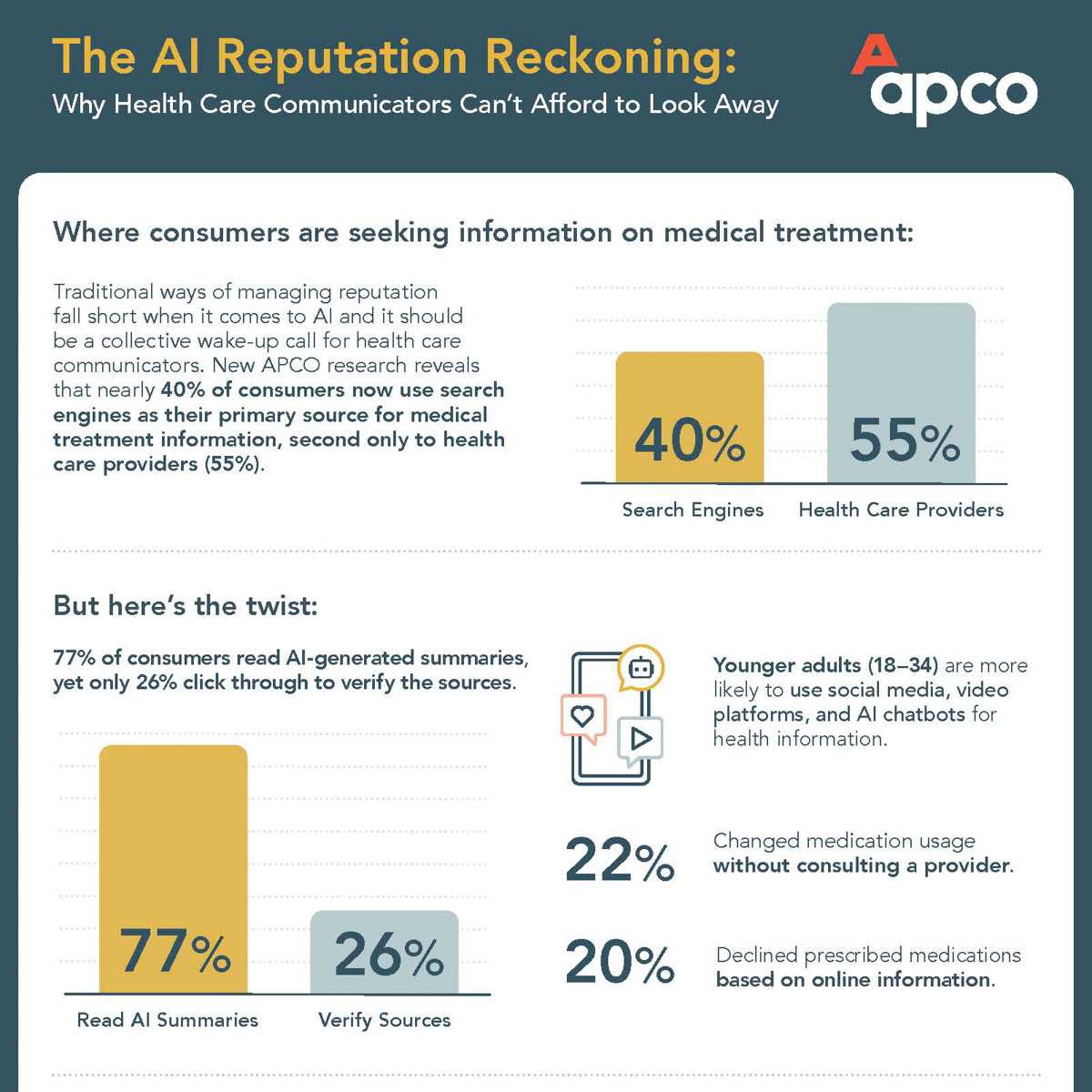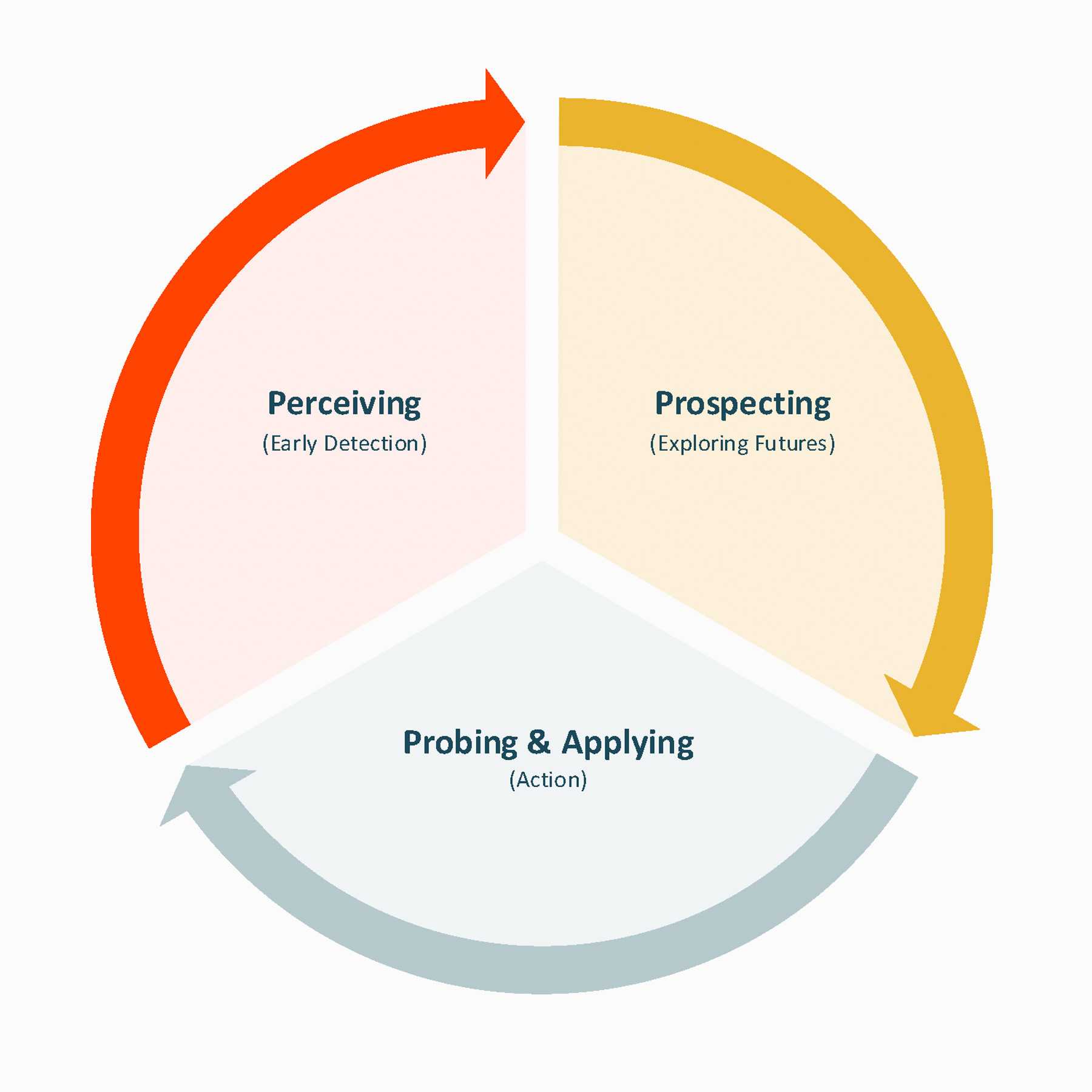

Imagine a workplace where potential bias is systematically identified, where every employee receives personalized diversity, equity and inclusion (DEI) training and language barriers dissolve in real time. This isn’t some far-off utopia; it’s the potential reality that artificial intelligence (AI) now brings to corporate DEI initiatives.
In a time where 88% of the U.S. public believes that companies having employees with different perspectives and backgrounds can better meet customer demands, and companies with diverse executive teams outperform others by 39%, the stakes for effective DEI strategies have never been higher. But here’s the kicker: despite their focus and investment, many organizations struggle to meaningfully move the needle on their DEI goals.
AI can be a game-changer in this context. When leveraged thoughtfully and purposefully, AI can support DEI efforts from the ground up. Though research on early, unmonitored AI implementation in this space has underscored deep inequities, supervised usage can support thoughtful interventions. In this post, we’ll explore four ways in which AI can be a powerful ally in creating truly inclusive workplaces.
1. Personalizing DEI Training
Traditional DEI training often falls short because many employees feel that boilerplate training doesn’t apply to their specific situations or roles, rendering it less effective than intended. Generative AI-powered learning platforms, however, can deliver personalized, adaptive learning experiences that cater to individual needs and learning styles. For instance, AI algorithms can analyze an employee’s role, background and previous training to recommend tailored DEI modules, ensuring more effective and engaging learning outcomes.
What’s more, generative AI can facilitate continuous learning by providing real-time feedback and suggesting relevant resources based on an employee’s progress and areas for improvement. This approach not only enhances the effectiveness of DEI training but also promotes a culture of ongoing learning and self-reflection.
2. Enabling Tracking of DEI Goals and Progress
One of the most significant challenges in DEI is measuring progress accurately. AI-driven analytical tools can help organizations identify and analyze DEI metrics with unprecedented precision. These tools can process vast amounts of data from various sources, including HR systems, employee surveys and performance reviews, to provide real-time insights into DEI progress. For example, AI can help with trend analysis by identifying trends in hiring, promotion and retention across different demographic groups, highlighting areas where interventions may be needed. It can also predict future diversity outcomes based on current trends, allowing companies to proactively adjust their strategies.
3. Tackling Unconscious Bias in the Recruitment Process
Unconscious bias—the unconscious cognitive shortcuts that give rise to snap judgements and stereotypes—remains a significant barrier to achieving true diversity in the workplace. AI can play a crucial role in mitigating this issue by introducing improved objectivity into different stages of the recruitment process—given that the underlying data processes, algorithms, machine learning and AI frameworks are unbiased, ethical and fair.
AI-powered tools can screen resumes without considering demographic information, focusing solely on skills and qualifications. They can also help with bias detection by analyzing job descriptions for potentially biased language and suggest more inclusive alternatives. Some advanced systems even use natural language processing to assess candidates’ responses in video interviews, focusing on content rather than appearance or accent.
4. Enhancing Workforce Connectivity
As workforces become increasingly global and diverse, AI tools can break down language barriers and improve accessibility, fostering a more inclusive environment. Real-time translation tools powered by AI can facilitate seamless communication among team members who speak different languages. This not only improves collaboration but also ensures that all voices are heard, regardless of linguistic background.
Additionally, AI can enhance accessibility for employees with disabilities. Half of U.S. workers say it’s extremely or very important to them to work somewhere that is accessible for people with physical disabilities. AI-powered speech-to-text and text-to-speech technologies, for example, can make meetings and digital content more accessible to those with hearing or visual impairments. Computer vision—a branch of AI that focuses on developing computers that can comprehend and interpret visual information—can help individuals with visual impairments by offering more precise audio descriptions of images and identifying objects and people in their environment.
AI as a Tool, Not a Remedy
As we navigate the complexities of building truly inclusive workplaces, AI emerges as a powerful ally in advancing DEI strategies. From tailoring learning experiences, to reducing bias in recruitment, to tracking DEI progress and fostering global connectivity, AI offers an edge to tackling longstanding DEI challenges.
It’s crucial, however, to remember that AI is a tool, not a remedy. Its effectiveness depends entirely on how we as a society design, implement and oversee these technologies. As we harness the power of AI for DEI, we must remain vigilant about privacy and potential biases in AI systems themselves and ensure that our use of technology aligns with our core values of diversity, equity and inclusion.


